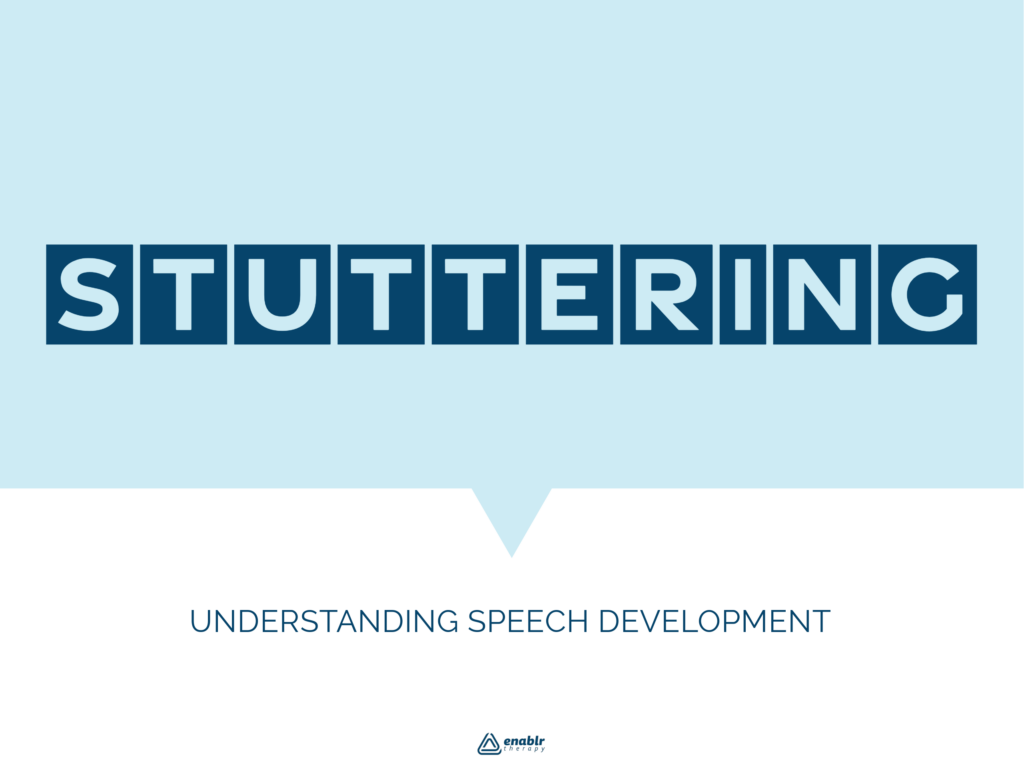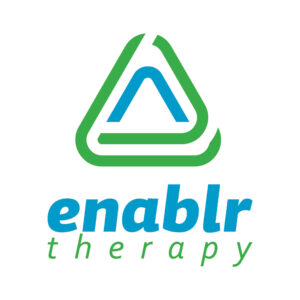Stuttering is a complex speech disorder that affects the fluency of speech. It is characterized by repetitions, prolongations, and blocks that interrupt the normal flow of speech. It can have a significant impact on a person’s communication abilities and quality of life. Understanding the nature of stuttering, its causes, and the stages of speech development can provide valuable insights into managing this condition.
What is Stuttering?
Stuttering, also known as stammering, involves disruptions in the production of speech sounds. These disruptions can take several forms:- Repetitions: Repeating sounds, syllables, or words (e.g., “b-b-b-ball”).
- Prolongations: Holding a sound for an extended period (e.g., “ssssssnake”).
- Blocks: Inability to produce a sound or word, resulting in a pause or block.
Causes
The exact cause of stuttering is not fully understood, but it is believed to result from a combination of genetic, neurological, and environmental factors. Some of the key contributing factors include:- Genetics: Stuttering tends to run in families, suggesting a genetic component. Children with a family history of stuttering are more likely to develop the disorder.
- Neurological Factors: Differences in the brain’s processing of speech and language have been observed in people who stutter. These differences may affect the coordination of the muscles involved in speech.
- Developmental Factors: Rapid speech and language development in early childhood can sometimes lead to disfluencies. Children who are learning to talk may experience temporary stuttering as they master new words and sentence structures.
- Environmental Factors: External factors such as family dynamics, stress, and pressure to communicate can influence the onset and severity.
Stages of Speech Development
Understanding normal speech development can help identify when stuttering is part of typical development and when it may require intervention.Infancy and Toddlerhood (0-3 Years)
During the first three years of life, children undergo significant speech and language development. They move from babbling and cooing to producing single words and simple phrases. It is not uncommon for young children to go through periods of disfluency as they experiment with sounds and words.Preschool Years (3-5 Years)
By the preschool years, most children can form complete sentences and engage in basic conversations. Some children may experience normal developmental stuttering, characterized by occasional repetitions and hesitations. This type is typically temporary and resolves on its own.Early School Years (5-7 Years)
As children enter school, their speech and language skills become more refined. They learn to use more complex sentence structures and vocabulary. Persistent stuttering that extends beyond the preschool years may require professional evaluation and intervention.When to Seek Help
While many children outgrow developmental stuttering, persistent stuttering that lasts for more than six months or worsens over time may need attention from a speech-language pathologist (SLP). Early intervention can be crucial in managing and preventing it from becoming more severe. Signs that it may be time to seek help include:- Stuttering that occurs frequently and disrupts communication.
- Increased tension or struggle during speech.
- Avoidance of speaking situations or words.
- Negative emotional reactions to speaking.
Management
There is no one-size-fits-all approach to managing stuttering, but various therapies and strategies can help improve fluency and communication skills.- Speech Therapy: SLPs work with individuals to develop techniques that promote smoother speech, such as controlled breathing, slower speech rate, and gentle onsets of sounds.
- Cognitive-Behavioral Therapy (CBT): CBT can help address the emotional and psychological aspects, such as anxiety and self-esteem issues.
- Support Groups: Joining a support group can provide a sense of community and encouragement for individuals who stutter.
- Parent Involvement: For children, involving parents in the therapy process can be beneficial. Parents can learn strategies to support their child’s communication at home.
If you have concerns about your child’s speech, contact us to see if speech therapy might be beneficial.
References American Speech-Language-Hearing Association. (n.d.). Stuttering. Retrieved from https://www.asha.org/public/speech/disorders/stuttering/ The Stuttering Foundation. (n.d.). Differential Diagnosis. Retrieved from https://www.stutteringhelp.org/differential-diagnosis



